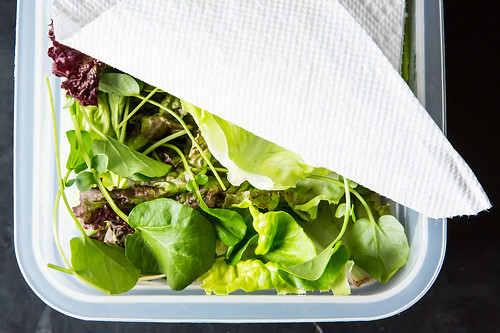
3 superfoods you need in your life – and 3 you DEFINITELY don’t
Anyone who’s been giving clean eating a go will have heard the word ‘superfood‘. But what does it really mean?
When it comes to eating healthily it is important to know what exactly you are putting into your body – especially if you’re trying to drop a few pounds.
The truth is, some so-called ‘superfoods’ are not so super for you after all. With that in mind we’ve put together a list of what to include in your diet and what to avoid.
Superfoods you need in your life…
Cocoa powder
Like chocolate, cocoa powder contains flavonoids which are known to help lower blood pressure and improve blood flow to the brain and the heart. With less than 15 calories per tablespoon cocoa provides a strong chocolate flavour without the guilt.
Try adding the powder to a smoothie for a rich chocolatey taste.

Seaweed
Sea-grown vegetables are packed with omega 3 fatty acids, calcium, magnesium, iron, potassium, zinc and vitamin C. However seaweed is most treasured for its concentrated source of iodine which is crucial for normal growth and production of thyroid hormones.
Slice up some nori sheets and add to your salad or wrap for an extra crunch or add to your smoothie for an extra mineral kick.

Goji berries
Goji berries contain a lot of vitamin C needed for healthy teeth and gums and for protecting the liver. The have been used for centuries by Chinese herbalists to treat eye, liver and kidney ailments.
Sprinkle over cereal to instantly increase the nutritional density of the cereal.

And the superfoods best ignored…
Wheatgrass
Wheatgrass can cause nausea, appetite loss, and constipation and is often blended with sweeteners. It’s much better to stick to the leafy greens, like spinach for example, which is more affordable – and tastes better.

Vitamin-enriched drinks
Many vitamin drinks come flavoured with excess sugar and artificial additives. So keep things natural instead by simply adding lemon or lime slices to your normal water.

Gluten-free products
These often have added sugars to make up for the lack of flavour. So unless you have an intolerance for gluten you should give these expensive items a skip.












































